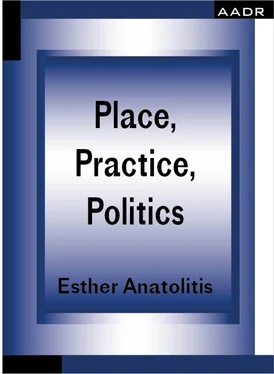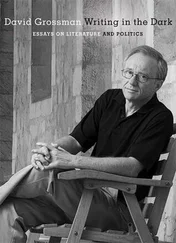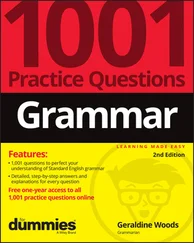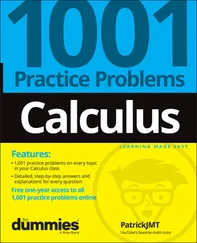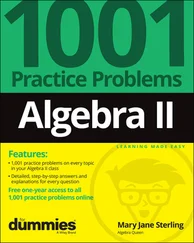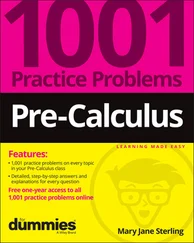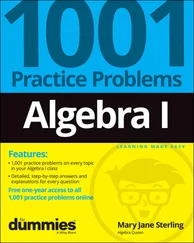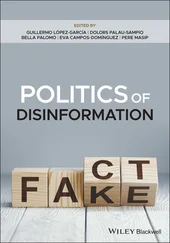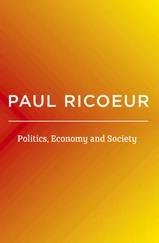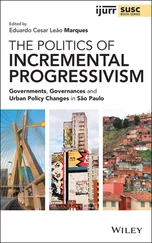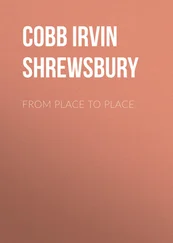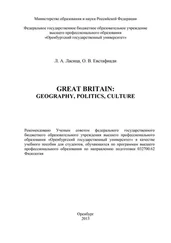STEP 1: Survey the Scene
Step 1: Survey the Scene was a workshop for site-specific practitioners interested in developing new approaches to highly regulated, highly programmed spaces. It was presented on Saturday 4 December 2010 as part of The South Project 2010 international gathering How can a network activate a public? and took place at West Space’s The West Wing in the Melbourne Central shopping centre. Participants were artists interested in extending their practice into the public space. Each chose a location, observed flows of gestures, movements and objects, analysed repeated movements, and returned to a discussion on how to hijack those flows as sites for distributed artworks .
What are your lines? What map are you in the process of making or arranging? What abstract line will you draw, and at what price, for yourself and for others? …For politics precedes being. Practice does not come after the placement of the terms and their relations, but actively participates in the drawing of the lines; it confronts the same dangers and the same variations that the placement does.
Deleuze and Guattari, A Thousand Plateaus
Melbourne Central is a retail and transport hub, a highly regulated space that accommodates the movements of tens of thousands of people each day.
Let’s catalogue the public activation potential of the South Project’s immediate environment: the commercial space outside of the West Wing.
With each individual embodying the flow of countless networks as they come and go, what opportunities exist for artistic intervention? How can a network activate a mass of individuals?
Our first step is to survey the scene.
With forensic care, let’s set upon the entire survey area with a range of tools and perspectives. Let’s observe repeated movements, and identify and record the elements that compose them – such that these elements can be understood as the activation points of a network. These are the system’s moving parts, and their distribution fabricates a public that has common interests, common tastes and moves in a common direction.
We will then return to the West Wing to analyse our findings as a group, determining the sets of conditions for STEP 2, in which projects of artistic co-option will hijack these distribution points and activate a public by engaging a community.
STEP 2: DEVELOP THE WORK
and
STEP 3: PRESENT THE WORK
Over to you.
Taking your Curatorial Position
What is your curatorial position?
How do you understand curation?
Why are you a curator?
Let’s consider what it means to take a curatorial position today 3– and why it’s more important than ever to be able to state and defend that position artistically, institutionally and politically.
Starting with the artistic.
THE ARTIST
The curator’s fundamental relationship is with the artist. It’s a relationship that must be grounded in trust, confidence and respect.
Artists create work that searches our emotions, compels our thinking, upsets power hierarchies, speaks truths both welcome and unwelcome, and recomposes light and colour and sound and movement and spatial quality in ways that expand the scope of possibility for every one of those elements.
Artists define what’s possible – and defy what’s impossible.
And yet artists work under entirely precarious conditions. In Australia, artists are experiencing significant declines in average incomes, respect for their rights, and pathways towards sustainable careers, including education and professional development opportunities. There’s a longitudinal study that’s been done every seven years for some thirty years now by Prof David Throsby – the founding chair of my organisation, the National Association for the Visual Arts – and his team at Macquarie University in Sydney. The latest study shows that the average incomes of visual artists have fallen 19% since the previous study, to well below the poverty line. It’s taking more years for artists to become established as artists, despite working more hours and across more disciplines or artforms than ever before.
And in Australia, the gender pay gap is worse in the arts than in any other industry. While that industry becomes more sophisticated by the year, with a broad range of professional roles that keep coming into existence, this progression has been not been matched in any way for artists. Unlike curators, there is no ‘being an artist’ job. Worse, the precarity of the creative career is coopted into the discourse of the gig economy and the portfolio career, glamorising that precarity into the confident choice of flexibility as artists’ career prospects continue to worsen.
The curator of architecture makes an artist of the architect, but the architect remains an architect. It’s vital that, as a curator, you always keep this in mind.
Architects have industry-recognised and highly supported career paths that set them among the more privileged professionals. Architects are trained in articulation, negotiation, the qualities of the spatial, the management of risk. Despite at least in Australia the profession not being as well respected as architects would like, the architect speaks with a privileged voice and is recognised as a professional. Artists are not.
Both at NAVA and also when I was director of Melbourne Fringe – an Australian uncurated festival – my role champions what it takes to sustain an independent artistic practice. In my work today, I am not a curator; I create the frameworks within which curation can exist, including frameworks for which an uncurated festival takes a curatorial position: presenting the ecology of independent practice as a work in itself.
The role of the curator in championing the artist, in ensuring rights are respected, and in honouring the integrity of the work – it’s clear that there’s a deep ethics at play here. The curator has a highly responsible role when it comes to communicating, modulating and buffering the various risks faced by the artist. Risk is, after all, fundamental to that practice. The curator who is unwilling to accept this as a starting point is not a curator.
This is especially clear when we turn to the role of the institution. Increasingly, institutions are passing their business risks on to the artists who they exist to support, defend and champion. Contracts that ask the artist to insure against the institution’s risk, or to indemnify the institution against the consequences of the artist’s actions, are where the curator’s advocacy are needed most. In Australia, even the well-resourced and publicly owned galleries and festivals regularly engage in poor practices that only offer an artist their contract when the work is well under way, or in some cases, only after the exhibition has opened.
So what is your role as a curator?
THE FRAMEWORK
Curators design the frameworks in which objects, experiences and ideas can cohere into a new set of provocations. The framework, however, is paramount.
A framework is a structure with a necessary openness. It’s defined by that openness to what it supports, presents, elaborates, generates and challenges.
As a curator, the frameworks you can develop are limited only by your confidence in what you can cohere.
An aesthetic premise. A research theme. A set of constrains. A library. A workshoP. An archive. A think tank. A place of worshiP. A festival. A symposium. A campaign. An activism. A mediation. A protest. A party. A tradition. A concentration. A hospitality. An intimidation. A conversation. A makers’ market. A craft circle. An exchange. An investigation. A process. An occupation. A crime scene. A sovereignty. A newsroom. A headquarters. A bunker. A transit space. A school. A playing arena. An obstacle course. A field.
Читать дальше
